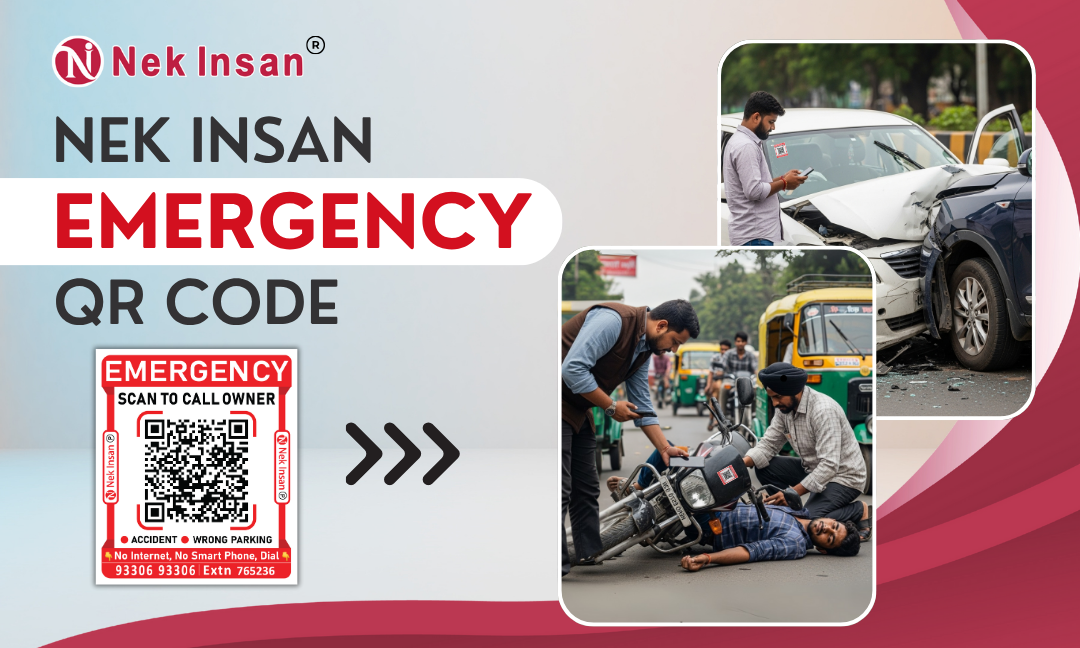
NekInsan Emergency QR Code
4 hours, 56 minutes
Search to learn about new product features, the latest technology and updates

Views: 254 | Updated: 3 months ago
NekInsan Safety QR Code for Key Safety can help you find your lost key.
Here's how it works and the safety features it provides:
Key Features for Key Safety:
If Your Keys are Lost or Stolen:
By following these tips, you can significantly reduce the risk of losing your keys or having them fall into the wrong hands, enhancing your overall safety and security.
